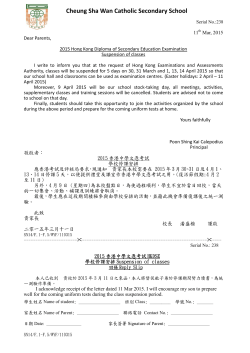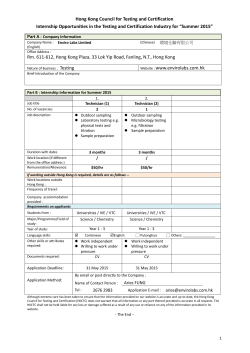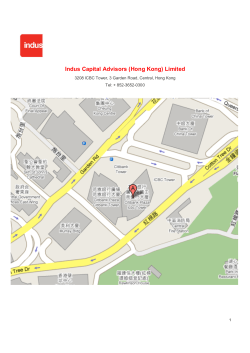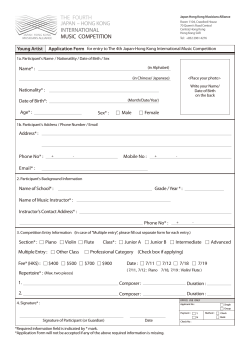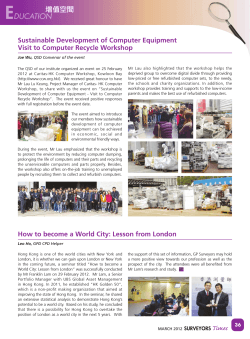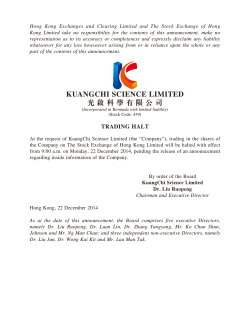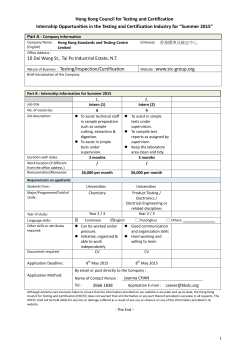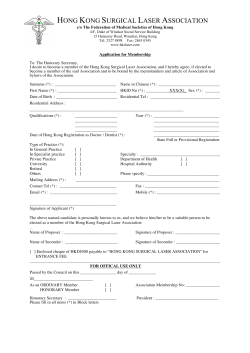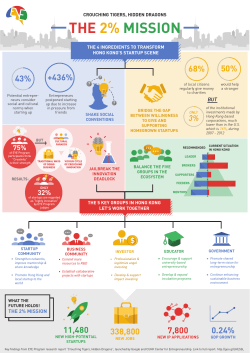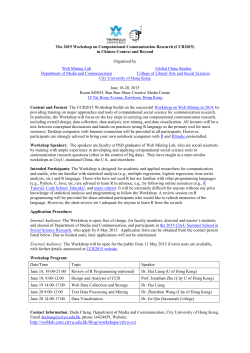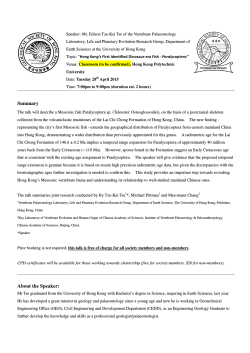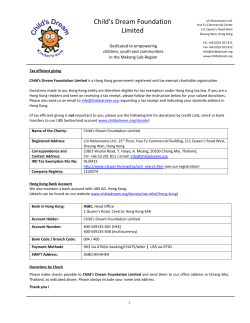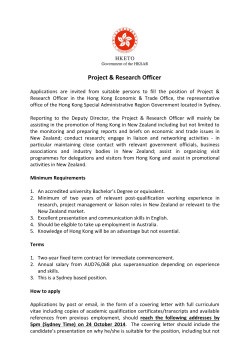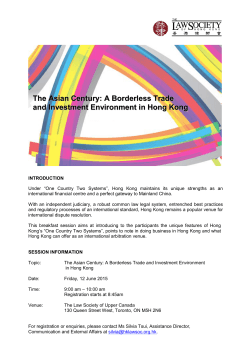
What is UV index? Meaning of UV index
Introduction to UV radiation and UV index What is UV index? Meaning of UV index UV index scale and corresponding exposure categories Meaning of UV index The UV index is a measure of the effect of solar ultraviolet radiation on human skin. The higher the UV index, the greater the potential for damage to the skin and eye, and the less time it takes for harm to occur. For details of the calculation of UV index, please click here for the Observatory's technical report "Solar Ultraviolet Index in Hong Kong 1999 2003" (pages 23) [top] UV index scale and corresponding exposure categories The UV index and the corresponding exposure level as categorized by the World Health Organization are shown in the table on the right. UV Index Exposure Level 02 Low 35 Moderate 67 High 810 Very High >= 11 Extreme The higher the UV index, the more likely the damage to skin. For Hong Kong, UV index can often exceed 10 on a sunny day in the summer. The figure below shows the diurnal variation of UV index during a typical sunny day. During the period with clouds and rain, the UV index will be lower. The effect of showers on the UV Index is shown in the example below. The showers around noon time drove down the UV index but it rose to the level of 8 to 9 in the afternoon when the showers eased off. The Hong Kong Observatory has been measuring and disseminating UV index since 1999. In 2006, it started to provide forecast of the maximum UV index for the next day. When the index is measured or forecast to be 11 or above, the Observatory will also advise the public to avoid prolonged exposure under the sun. [top]
© Copyright 2025



